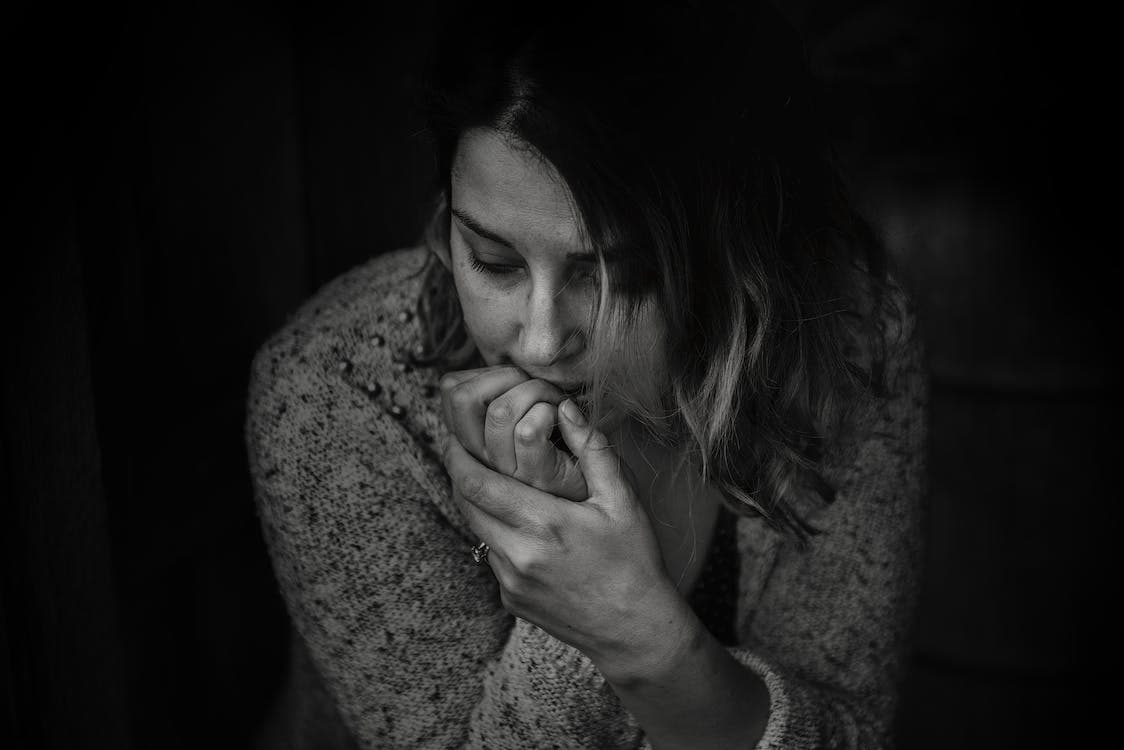For parents who have been struggling with a challenging teen, it can sometimes be a relief to get a diagnosis for those struggles and challenges finally. Borderline personality disorder (BPD) may sound intimidating when you first get the diagnosis for your teen, but it doesn’t need to be.
With the diagnosis in hand, you’re now in a better position to help your teen get the correct type of help to find their footing again.
How much do you know about BPD? Understanding the complexities of this diagnosis may help ease some of your concerns and help you understand the treatment focus options you can now pursue for your teen.
What is borderline personality disorder?
Often referred to as BPD, borderline personality disorder is a mental health disorder. It can impact how people think and feel about themselves and everyone around them. It can also be responsible for a person being unable to function like others would in their day-to-day life.
Teens and adults who have PBD may face challenges with managing their behavior and emotions, and they may also have self-image concerns.
People with BPD tend to have unstable relationships with others, and it often gets worse as they grow up, turning into a pattern of instability with those around them. There can often be an overwhelming fear of abandonment and a struggle to be alone.
This, combined with impulse control issues, frequent mood swings, and outbursts of anger, can unintentionally confuse and push friends, family, and romantic partners away.
Those with BPD may not be able to control much of their behavior within relationships. They often crave loving, stable, and long-lasting relationships and can struggle with depression when they face difficulties.
Signs of BPD typically appear in adolescence and early adulthood.
The signs and symptoms of BPD
BPD can manifest in several ways, making it challenging to diagnose it correctly. With that said, mental health professionals have found that grouping the symptoms of this disorder into categories can help get an accurate diagnosis.
There are nine primary categories, and if a person shows at least five symptoms, they may be diagnosed with BPD.
The nine categories are:
1. A fear of abandonment by any loved one. This could result in clinging and obsessive behavior if they feel like they will be abandoned.
2. Unstable relationships with everyone in their life.
3. Self-image concerns that may shift randomly. They may feel good about themselves in one moment, but a quick shift will have them using language that points to hating how they look.
4. Self-destructive and impulsive behaviors that can hurt them and others around them. This could include reckless driving, risky sexual behavior, or even petty crime.
5. Self-harm, which points to attempts to harm themselves intentionally but without suicidal intent. It’s important to note that many with BPD do have suicidal thoughts when they are in a dark mental space. But self-harm is a different concern.
6. Extreme swings in emotions. These shifts in emotions can be extreme, but unlike bipolar disorder, they don’t last very long.
7. Constant feelings of emptiness or of feeling unfulfilled. They may often speak of there being a void inside of them. They may try to fill this void with food, drugs, alcohol, or sex. But it doesn’t bring them the feeling they are looking for.
8. Explosive rage with a short fuse. Impulse control issues combined with a short temper can see those with BPD lashing out in explosive ways. They may yell, throw things, or even hit walls. Much of this rage may be directed towards themselves.
9. Feeling disconnected from reality or struggling with paranoia. Dissociation is a coping mechanism for many types of mental health concerns. When under stress, people may feel spaced out and disconnected and may comment that they don’t feel real.
If your teen has been displaying a combination of these signs of borderline personality disorder, they may also be struggling in other areas of their life. Quite often, a diagnosis of BPD is diagnosed alongside one or more other mental health concerns. This may include anxiety, depression, eating disorders, post-traumatic stress disorder (PTSD), substance abuse, and ADHD.
What causes BPD?
It would be much easier if there was one single cause that could be pointed to. In truth, much like other types of mental health disorders, there is not always a clear answer. Some of the links to BPD may include the following:
- A history of abuse or neglect in childhood.
- Genetics, if there is a history of mental health disorders in other family members, there may be an increased risk for personality disorders.
- Abnormalities in the brain, particularly those controlling aggression, impulsiveness, and emotion regulation.
The causes of many mental health disorders are not always fully understood. If certain environmental or hereditary factors can be taken into consideration, this may help with finding the right treatment path for a teen in crisis.
How can you help your teen?
Getting an accurate diagnosis is perhaps the first step that parents can take to help a teen facing BPD. With the diagnosis, a treatment plan can begin. BPD is primarily treated with psychotherapy.
However, certain medications may also be used. If your teen’s physical safety is at risk, a doctor may suggest hospitalization for more intense treatment in a secure environment.
Treatment for BPD can help teens to learn how to best manage and cope with this personality disorder. It’s also important to point out that teens need to get the right type of treatment for any other mental health concerns that they have in addition to BPD.
- Psychotherapy is more commonly referred to as talk therapy. This may include dialectical behavior therapy (DBT) and individual and family therapy.
- Certain medications can help to treat the symptoms of BPD, and some of the co-occurring mental health issues teens may be struggling with. This could include antidepressants, mood-stabilizing medication, or antipsychotics. Teens need to be carefully monitored for some of the side effects that are possible with these medications.
- Hospitalization may sound concerning, but it’s critical to remember that these environments allow for a more intense treatment than teens can get in an outpatient setting. It may be necessary if a teen has a history of self-harm or struggles with suicidal thoughts or behaviors.
Learning to cope and best manage everything that BPD can bring with it can take time. Your teen may always struggle with some of the symptoms they have, but treatment can help keep them on a more stable path.
If your teen is struggling with mental health or with behavioral issues, HelpYourTeenNow can connect you with the resources that you need. Parenting is challenging enough without the concerns that can arise with a teen who is struggling with borderline personality disorder and other mental wellness issues.
The right resources can provide you, your teen, and your whole family with the support you need to get through this.






0 Comments